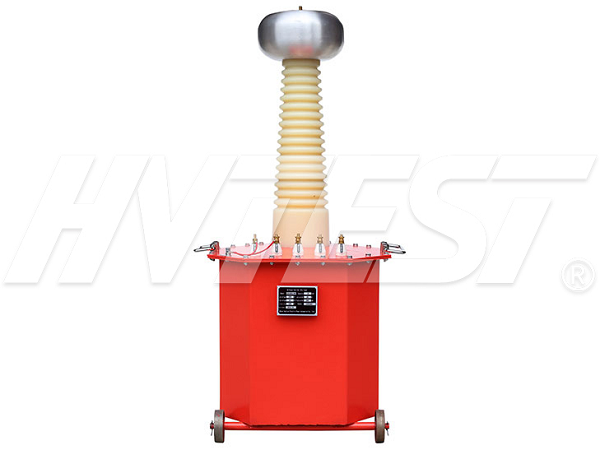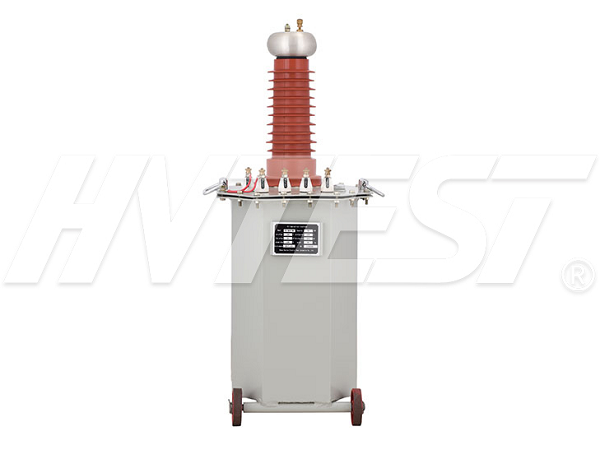Detection Technology
Dry-type and oil-immersed transformers
In terms of capacity, large-capacity oil becomes more than dry.
Dry transformers must be used in complex buildings (basements, floors, roofs, etc.) and crowded places. The oil transformer is used in an independent substation.
The transformer in the box change generally adopts the box change. Oil transformers are generally used for temporary outdoor electricity use.
During construction, choose dry and oil changes according to the space. When the space is large, you can choose oil changes, and when the space is more crowded, you can choose dry changes.
The regional climate is relatively humid and sultry, and it is easy to use oil change. If a dry change is used, it must be equipped with forced air cooling.
1. Appearance
Different packaging forms, dry-type transformers can directly see the iron core and coil, while oil-type transformers can only see the outer shell of the transformer;
2. Different lead forms
Dry-type transformers mostly use silicone rubber bushings, while oil-type transformers mostly use porcelain bushings;
3. The capacity and voltage are different
Dry-type transformers are generally suitable for power distribution. Most of the capacity is below 1600KVA, the voltage is below 10KV, and some have 35KV voltage levels; while oil-type transformers can achieve full capacity and voltage levels from small to large. Voltage: The UHV 1000KV test circuit under construction in China must use oil-type transformers.
4. Insulation and heat dissipation are different
Dry-type transformers are generally insulated by resin and are cooled by natural air. The large capacity is cooled by fans, while oil-type transformers are insulated by insulating oil. The circulation of insulating oil inside the transformer transfers the heat generated by the coil to the radiator (sheet) of the transformer. To dissipate heat.
5. Applicable places
Dry-type transformers are mostly used in places where "fire and explosion-proof" are required. Generally, large buildings and high-rise buildings are easy to use. Oil-type transformers may spray or leak after an accident, causing fires. Most of them are used outdoors. And there is a place for digging and setting up an "accident oil pond".
6. Different load bearing capacity
Generally, dry-type transformers should be operated under rated capacity, while oil-type transformers have better overload capability.
7, the cost is different

For transformers of the same capacity, the purchase price of dry-type transformers is much higher than that of oil-type transformers.
Dry-type transformers generally start with SC (epoxy resin casting encapsulation type), SCR (non-epoxy resin casting solid insulation encapsulation type), SG (open type)
The difference between dry-type transformers and oil-immersed transformers
Of course, the same is that all power transformers have iron cores as magnetic circuits and windings for circuits. The difference is between "oil type" and "dry type". That is to say, the cooling medium of the two is different. The former uses transformer oil (and other oils such as β oil) as the cooling and insulating medium, and the latter uses air or other gases such as SF6 as the cooling medium. The oil change is to place the body composed of iron core and windings in an oil tank filled with transformer oil. Dry change often encapsulates the iron core and windings with epoxy resin. There is also a non-encapsulated type that is used more now. The windings are impregnated with special insulating paper and special insulating paint, etc., to prevent windings or iron The core is damp. (Because the two derive different categories due to the different classification methods of technology, use, and structure, so we speak from a narrow perspective) In terms of output and consumption, the current dry-transformation voltage level is only 35kV, and the capacity is relatively The oil transformer is small, about 2500kVA. Because the dry transformer manufacturing process is more complicated than the oil transformer of the same voltage level and capacity, the cost is also high. So at present, the amount of oil is still increasing. However, due to its environmental protection, flame retardant and impact resistance, it is often used in high-demand power supply and distribution places such as hotels, office buildings, and high-rise buildings. If you are just a transformer user, it should be enough to understand these.” Each has its own advantages and disadvantages. Oil transformers are low in cost and easy to maintain, but they are combustible and explosive. Dry transformers can be installed in the center of the load due to their good fire resistance. Reduce voltage loss and power loss. However, the dry transformer is expensive, large in size, poor in moisture and dust resistance, and noisy.
The oil change is gradually withdrawn, and the dry change can be disassembled for transportation, clean and easy to maintain. It does not require a base for installation, and there is no oil seepage pool. The advantages are better distinguished from the appearance;

The fundamental difference between oil-immersed transformers and dry-type transformers is whether there is "oil". Since oil is liquid and has fluidity, oil-immersed transformers must have a shell. The inside of the shell is transformer oil, and the transformer is immersed in the oil. The coil of the transformer cannot be seen from the outside; while the dry-type transformer has no oil, the outer shell is not needed, and the coil of the transformer can be directly seen; another feature is that there is an oil pillow on the oil-immersed transformer, which is stored inside Transformer oil, but now new oil-immersed transformers are also produced without oil pillows;
Oil-immersed transformers are designed with a radiator outside for the convenience of heat dissipation, that is, to facilitate the flow of internal insulating oil, just like a heat sink, while dry-type transformers do not have this radiator. The heat dissipation depends on the fan under the transformer coil. The fan is a bit like an indoor unit of a household air conditioner;
Oil-immersed transformers are generally installed in a separate transformer room or outdoors due to the need for fire protection, while dry-type transformers must be installed indoors. Generally, they are installed in low-voltage power distribution rooms and installed side by side with low-voltage power distribution cabinets.
Partial discharge test of oil-immersed transformer | 2021/11/1 | reading853time Common faults of loop resistance tester? | 2021/10/31 | reading706time return

